QuestionQUESTION: We have an ~1000 gal freshwater pond that's been up and running with no issues for a half a dozen years. We have just built a new home, and have not been able to construct our permanent new pond yet. We are installing smaller 50-100 gallon preformed ponds as temporary holding for the next year or so. Our water at the new place is well water. I'd like to move most of our fish over to their new homes by the end of the month, but am worried I'll do something wrong, and that a winter move will kill them. We're in NC, so temps this time of year range from 30-50 degrees, with some days in the 60s. Frost line here is only 12 inches :-) I plan to bring plants from the old pond, and to use bagged water from the old pond as well. What else should I do to ease the transfer?
ANSWER: Hello Kim!
I need a little more info.
What kind of fish are they?
---------- FOLLOW-UP ----------
QUESTION: Sorry :-) Sarassa and shibunkin (sp?) comets. No Koi. I'm also trying to determine how many small ponds I need. I seem to remember a rule of thumb suggesting gallons per inches of comet, but can't find it through my searches. Thanks for your help!
AnswerIt is easier, of course, to move any sort of Goldfish than Koi.
I would probably still wait another month or so, if possible, for temperatures to be at least in the 40's (water temperature).
Great care must be taken that the fish are not exposed to temperature shock.
Also, take some of the old pond water and put it into the new pond(s) to start the bacteria colony.
Do not feed the fish before of after the move (at least a week).
They will need filtration and oxygen. Oxygen can be provided with an air pump.
The rule of thumb, you are referring to is one inch of fish per square foot of surface area. That really is just a rule of thumb, though, and decreases or increases depending on filtration and available oxygen.
As an aside, toxin levels (ammonia and nitrite) should be tested in the ponds at least a couple of times a week.

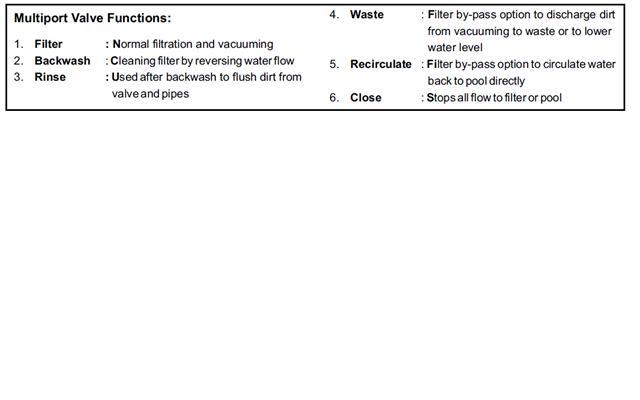 pond trouble
QuestionMe and my husband just bought a home with a pon
pond trouble
QuestionMe and my husband just bought a home with a pon
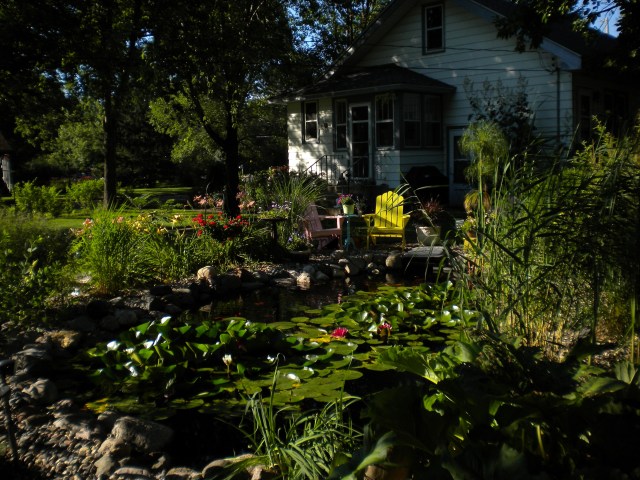 over winter large koi in MN pond
Question
my pond
My pond is 4000 gallons, 4 feet deep a
over winter large koi in MN pond
Question
my pond
My pond is 4000 gallons, 4 feet deep a
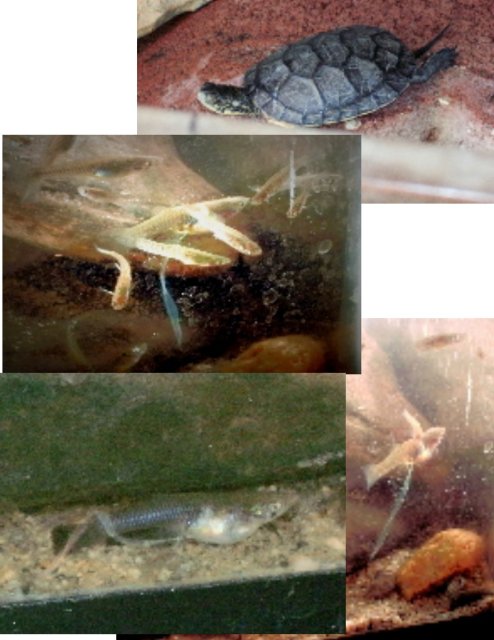 What is coming out of this fish?
Question
turt..fish
Thank you in advance for your time.
What is coming out of this fish?
Question
turt..fish
Thank you in advance for your time.
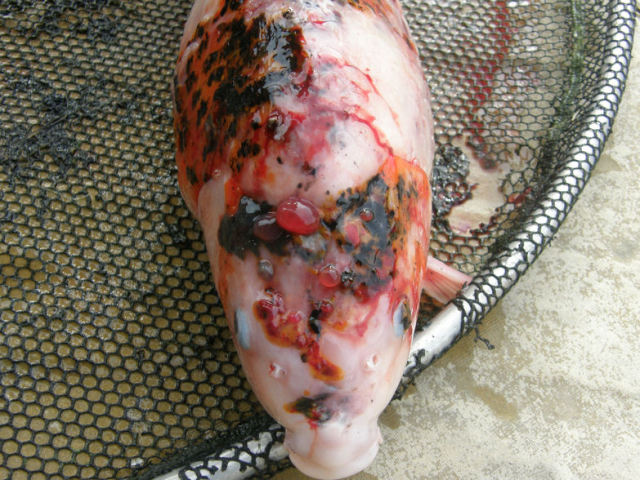 koi fish health
Question
picture of koi
I have been losing koi conti
koi fish health
Question
picture of koi
I have been losing koi conti
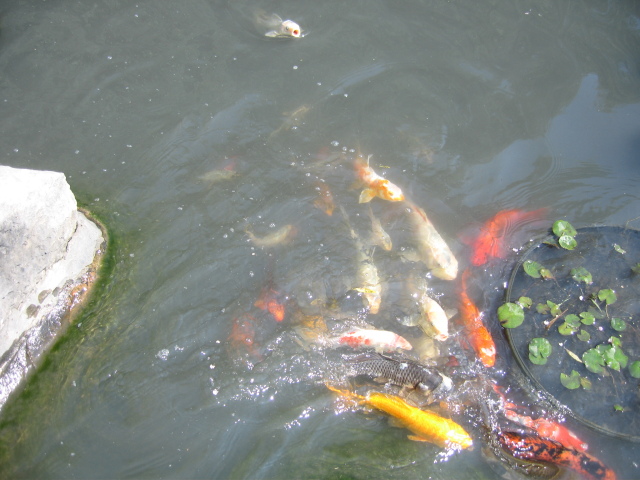 BLACK POND
Question
POND
I RECENTLY TURNED MY ULTRAVIOLET LIGHTS B
BLACK POND
Question
POND
I RECENTLY TURNED MY ULTRAVIOLET LIGHTS B